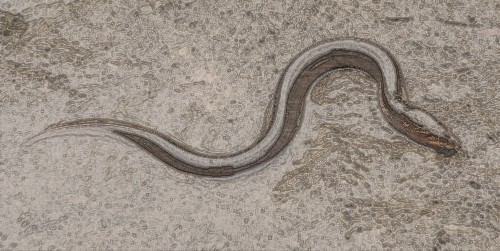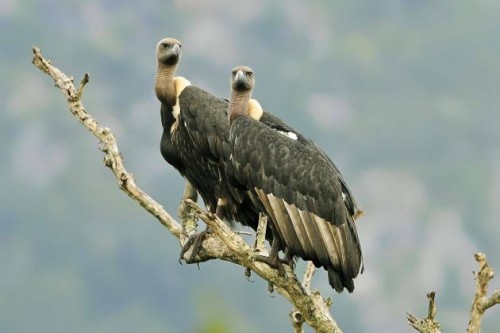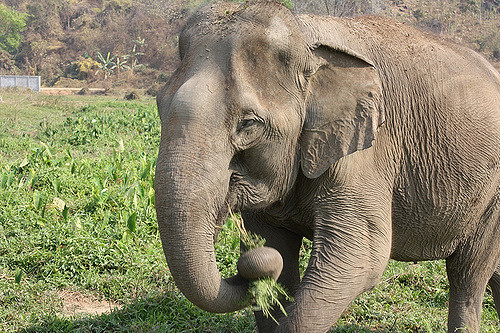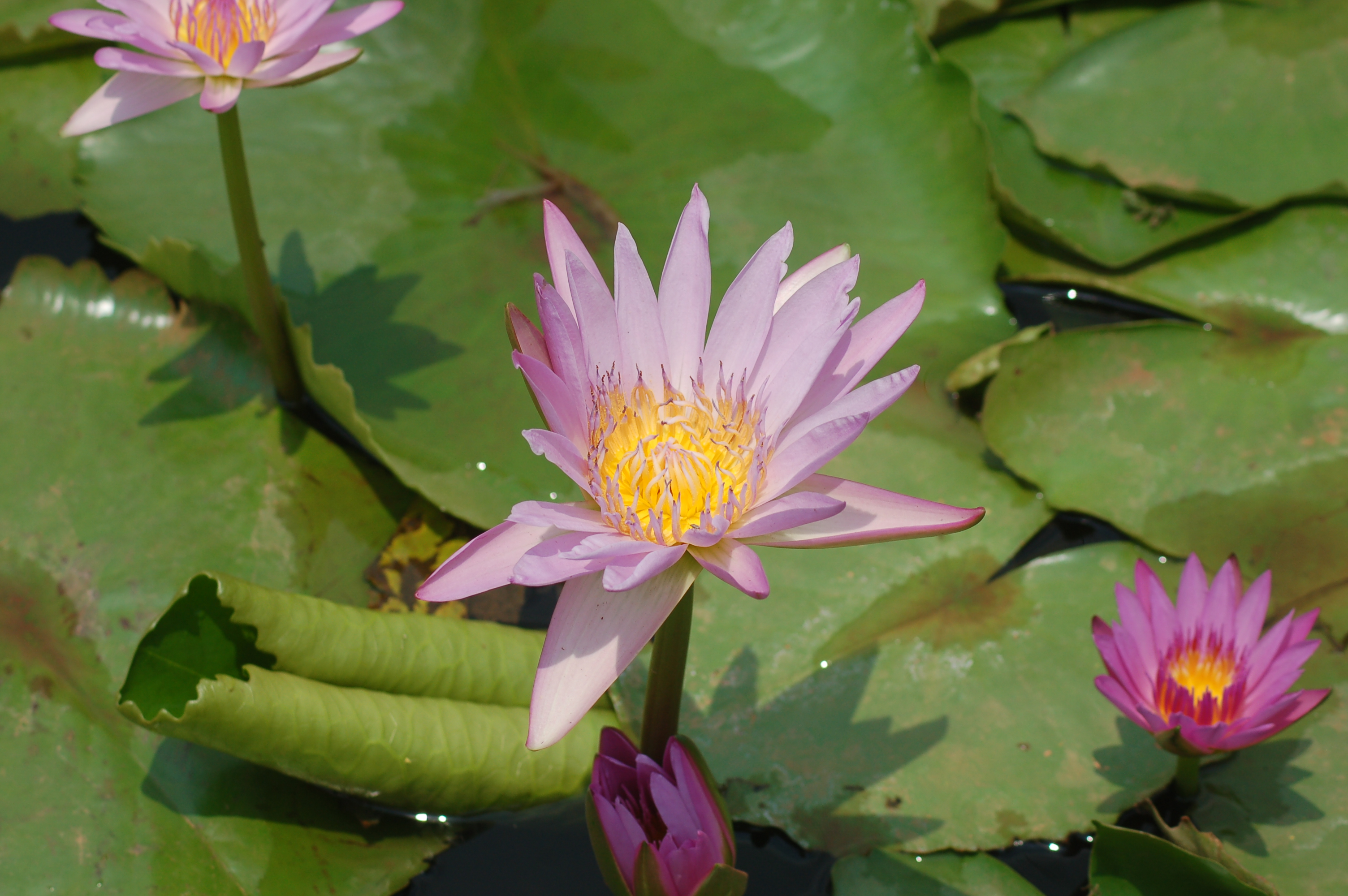More often than not all fish in our minds look like a version of the fish we drew in our school colouring books – cute beady eyes, fins, and a tail. The problem with this version is that if there is in the real world, a fish that does not fit the description, and does not even fit the normal notion of a fish that lives in water, we either treat it as an ugly aberration of the common truth or we are fascinated by the dissimilarity but hardly ever realise that its uniqueness demands protection of the unique conditions too that helps it to thrive.
Unfortunately, for the Swamp Eel of the Western Ghats, the odds are worse than just ‘not looking’ like a fish. It also does not prefer freshwater streams or rivers like most fish but lives in muddy flats or sometimes hidden under bat guano. It breathes in air on land than underwater. And the worst of all – it looks like a fearful snake.
So even though the swamp eel has been marked Vulnerable by IUCN, it is sometimes killed out of fear, sometimes squashed by passing vehicles on the road (because, yes it can crawl on to the road), and sometimes ignored and forgotten as its ideal habitat continue to take the burden of urban development.
With no known numbers of how many are left in this world, it is probably wiser to keep harbouring for the safety of the commonly seen and probably commercially useful varieties of the fish species rather than this not-so-attractive counterpart. But few researchers and scientists are not ready to give up yet. For they realise that saving this singular species of eel is equivalent to saving the uniqueness of the Western Ghats and the very thing that makes it a biodiversity hotspot of the world.

Maharashtra, its home
The swamp eel Monopterus indicus is found in Maharashtra mostly on the laterite plateau of the northern Western Ghats during monsoons. It has been mostly noted in Amboli, the Koyna sanctuary, Ratnagiri and Tailbaila, but there was a time when it was found in a much larger area.
The eel was first discovered in the Robber’s cave in Mahabaleshwar in 1961 and probably scared off its discoverers just like it has done to so many who confuse it for a fang-baring snake.
“Even though practically harmless, most people are afraid of it, simply because it looks like a snake,” write researchers Mandar S. Paingankar, Unmesh Katwate & Neelesh Dahanukar in their 2014 study of this fish.
The researchers are some of the few people who have given time and effort to understand this peculiar fish better by observing its habitat and behaviour. And what they have found is – even more peculiarities.
In the company of bats
According to Dahanukar and team historically, Robber’s cave was a significant landmark in the era of Chhatrapati Shivaji – a subterranean cavern with a perennial water source in the form of a stream.
The cave is more than 100m long with an average width of 10m and it hosts large populations of the fruit bat (Rousettus leschenaultia) and insectivorous bat (Miniopterus schreibersii). This stinky cave is full of bat guano.
When they visited the cave, what came as a surprise to the researchers was that M. indicus was not only living in the stream full of bat guano but it was actually hiding inside the guano mud. Another fish species, Indoreonectes evezardi, a hill stream loach endemic to peninsular India, was found in the same locality to keep the swamp eel company.
They found the harmless swamp eels to be shy and swift, spending most of their daytime buried under boulders or hanging to the tree roots along the edges of streams. The eel preferred to eat earthworms or dead fish showing their scavenging nature.
Another unique attribute – The eels preferred to float in water in a steady position and keep their head on the water surface to breathe just like amphibians. They remain in water for 3-5 minutes before coming to the surface again to breathe.
Birth and deaths
Prof. Sanjay Karat, with the zoology department of college of arts, commerce and science in Pune, in his study of the Hiranyakeshi River of the northern Western Ghats found a good population of this eel in the upstreams of the river. But he also observed something disturbing – the fish were becoming road kills.
“Since Amboli receives heavy rainfall in monsoon, several M. indicus individuals are often seen crawling on the road. This has also led us to witness several road kills of the species,” he says.
He adds that development work and low rains in the last 10-15 years have also impacted the number of fish.
Dahanukar and his colleagues found several other threats. The populations on the plateau near Patan they thought could be more threatened because of two reasons – windmills and deforestation. They write,
“First, the plateau is extensively used for erecting windmills and in the process of building these windmills several unique habitats on the plateaus have been destroyed. Second, deforestation leading to extensive siltation is modifying habitats on the mountain tops.”
“Population of Monopterus found at Ratnagiri was found on lateritic coastal plateaus. Quarrying laterite rock, blasting for mango and cashew plantations, use of plateaus for residential purposes and city garbage disposal are found to be major threats for coastal plateau inhabitants of Swamp Eels.”
And then, there is the issue of looking like a snake. All eels are characterised by elongated worm-like or snake-like bodies. However, because the swamp eel can be seen on land too, and are especially known to survive in the agricultural land, they come face to face with locals often and get killed for being snake lookalikes.
“Although the Hiranyakeshi River and its upstreams appear to have clean waters it is essential to note that most of the river bank has farms that mainly cultivate sugarcane.” Explains Karat in his study. “Further, in the river stretch near Amboli, farmers cultivate rice in the river itself. Agricultural runoff is, therefore, a potential threat to the fish species too.”
In addition, there is a sugar factory on the river bank and it has been noted that once a year a large number of effluents are released from the factory into the river channel, which affects the fishes downstream and there is a large reduction in the fish catches.
All in all, the swamp eel is a representative of perhaps hundreds of those unique species that we know little about but are rapidly killing deliberately or otherwise to make more space for agriculture, roads, or urban extensions. The marvel of a fish that looks like a snake, likes living on land, and could be a link to understanding evolution better, fizzles out when it has to compete with the immediate need for more space for humans to thrive.
Let us hope that this tiny but important entity that gives the UNESCO world heritage site of the Western Ghats its incredible biodiversity tag is noticed, admired, and protected.
Reference, Reference, Reference, Reference, Reference, Reference










One thought on “How to Save a Fish that Looks and Acts Like a Snake”